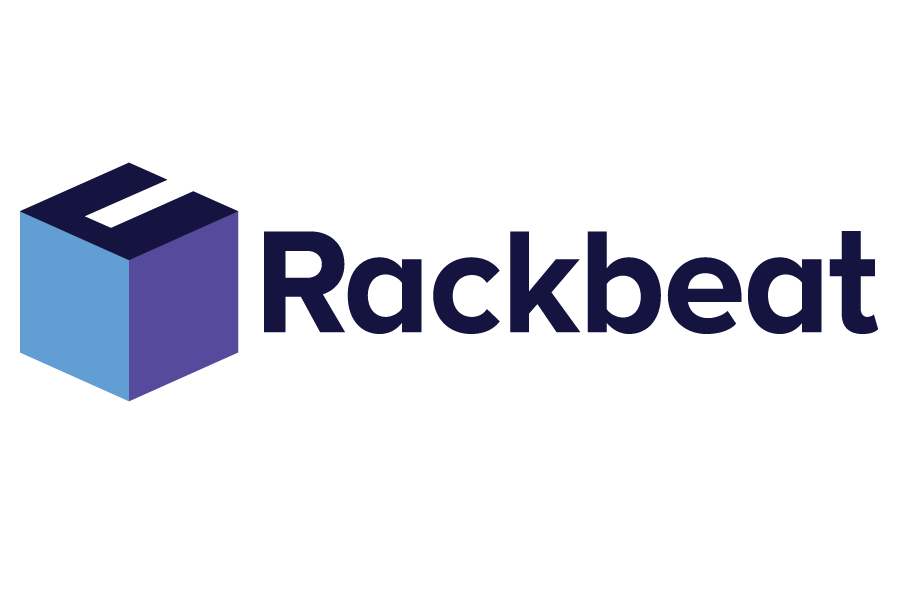Vendor Managed Inventory (VMI)
Vendor Managed Inventory (VMI) is an inventory management strategy where the supplier – rather than the customer – is responsible for monitoring and replenishing the customer's stock levels. The supplier gains access to data on inventory status, sales flow, and consumption patterns and uses this information to plan deliveries so that the stock is always aligned with actual demand.
Rackbeat April 11, 2025
How Does VMI Work?
In a traditional supply chain, the customer places orders with the supplier based on their own needs and estimates. With VMI, the roles shift: the supplier accesses inventory and sales data and independently initiates restocking—without the customer having to place an order manually.
For VMI to work, it requires a high level of trust and transparency between the parties—as well as access to reliable, up-to-date data.
A typical VMI setup includes:
-
Data access: The supplier gains insight into the customer’s inventory levels and sales data, often via an inventory management system (WMS).
-
Automated purchasing management: The supplier can plan and ship orders when stock reaches a pre-defined minimum level.
-
Shared goals: Both parties work toward reducing inventory levels, avoiding stockouts, and creating a more efficient order management process.
Benefits of Vendor Managed Inventory
Implementing VMI can offer a wide range of benefits—for both the customer and the supplier:
-
Reduced inventory holding: Inventory is kept at a minimum without risking stockouts.
-
Less administration: The customer no longer has to manually monitor stock or place orders.
-
Improved collaboration: Increased transparency and data sharing strengthen the supplier-customer relationship.
-
Faster response times: The supplier can proactively respond to changes in demand.
How Does VMI Relate to Inventory Management?
Vendor Managed Inventory heavily depends on digital inventory management and order management, where data is updated and accessible in real time. That’s why many companies choose to implement modern inventory management systems (WMS) as part of their VMI setup.
With a system like Rackbeat, it becomes easier to share important inventory data with external partners – for example, through integrations, automated reports, or permission-based access to relevant interfaces.
VMI and Rackbeat
Rackbeat is designed to support flexible workflows and collaboration across the supply chain. With Rackbeat, companies can easily:
-
Share data with suppliers via automated reports or access rights
-
Set minimum stock levels and generate replenishment reminders
-
Ensure cohesion between inventory, procurement, and order management
Want to Make VMI Part of Your Inventory Strategy?
Considering Vendor Managed Inventory—or simply want to learn how to share your inventory data more effectively with your suppliers? Book a free consultation with a specialist and discover how Rackbeat can help streamline your supply chain.



